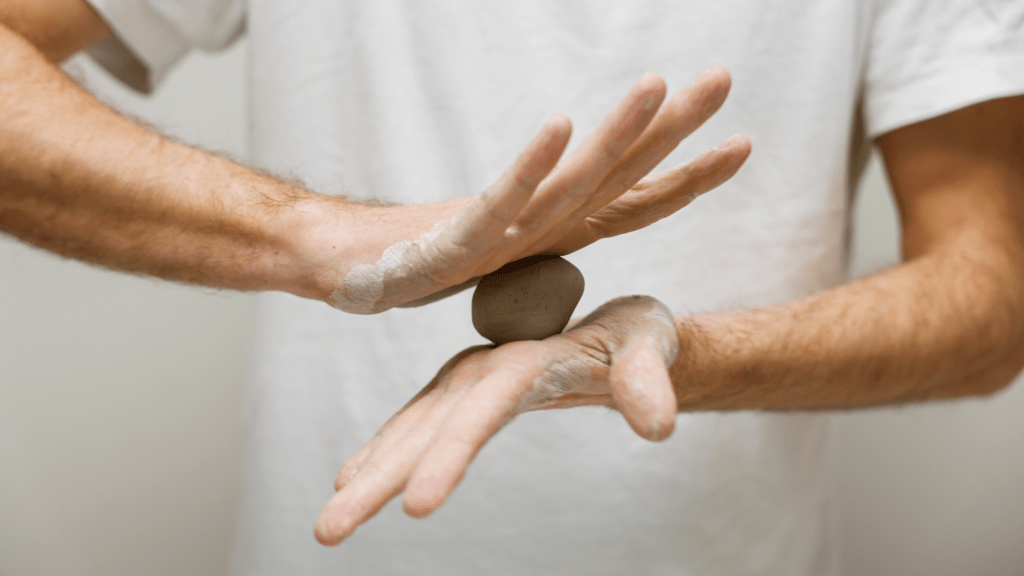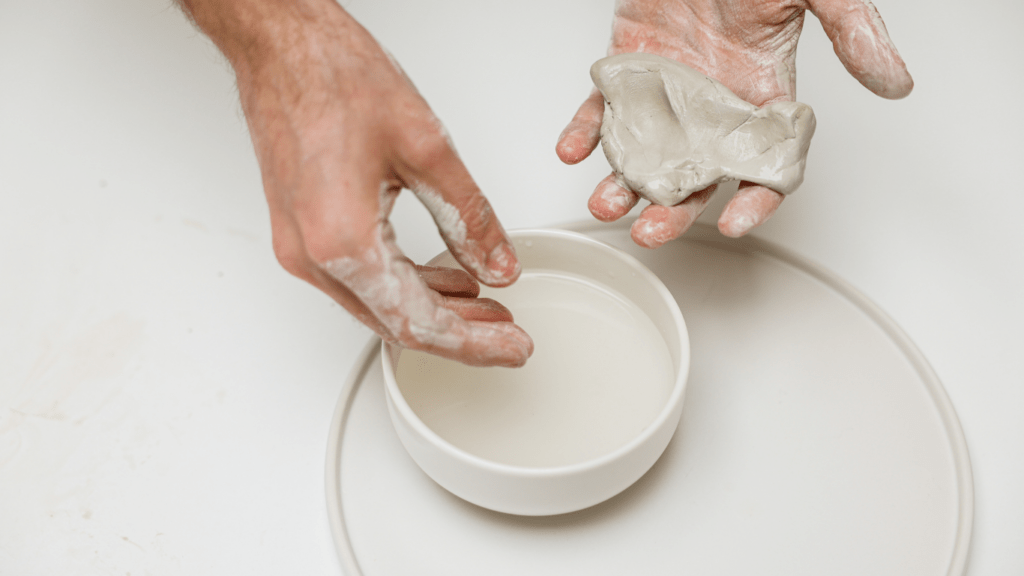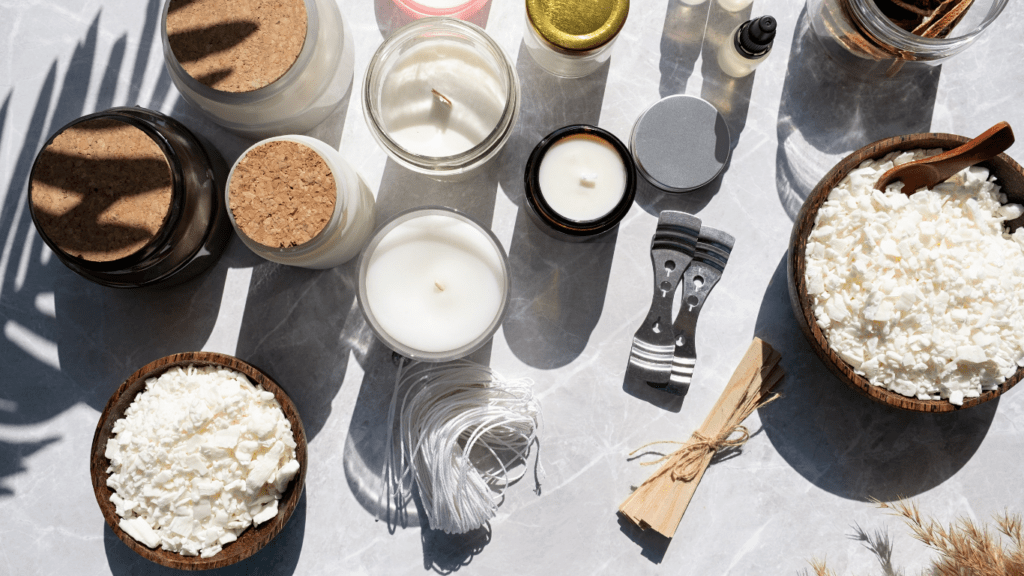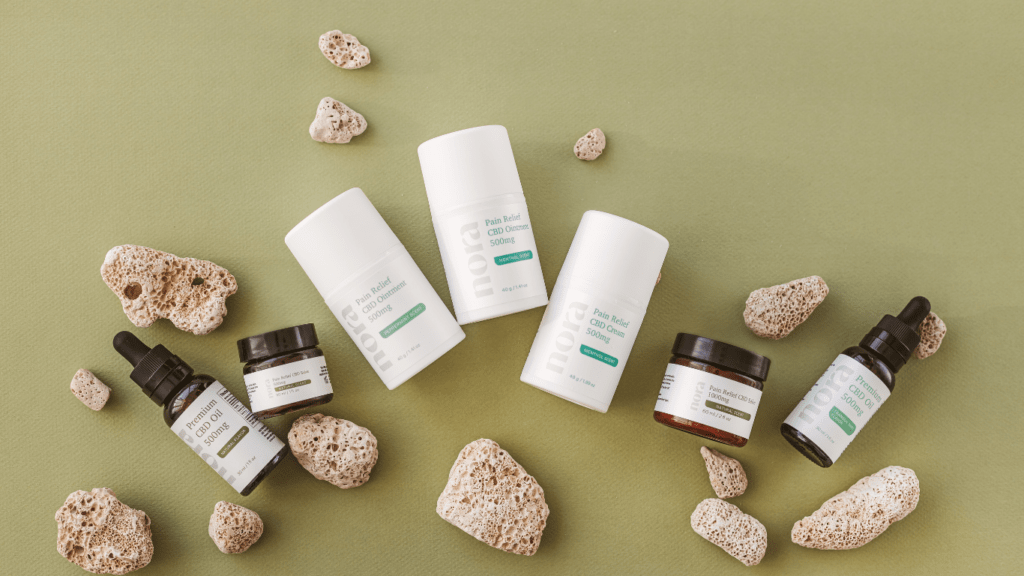As a sculptor, I know the importance of choosing the right clay for my projects. With a myriad of options available, selecting the best clay can make a significant difference in the outcome of a sculpture. In this article, I’ll delve into the top 10 clays for sculpting, highlighting the pros and cons of each.
From versatile polymer clays to traditional oil-based ones, each type of clay brings its unique characteristics to the sculpting table. Understanding the strengths and weaknesses of these clays can help artists make informed decisions based on their specific needs and artistic vision. Whether you’re a beginner looking to experiment or a seasoned sculptor seeking new insights, this guide will provide valuable insights into the world of sculpting clays.
Overview of Different Types of Clays for Sculpting
When exploring the world of sculpting, it’s crucial to select the right type of clay as it significantly influences the final result of your artistic creation. Understanding the various pros and cons of different clays is key to making informed decisions that align with your artistic vision. Let’s dive into the distinct characteristics of the top 10 clays commonly used by sculptors, ranging from versatile polymer clays to traditional oil-based options.
- Polymer Clay:
Polymer clay is renowned for its versatility and vibrant colors, making it a preferred choice for artists creating intricate sculptures and jewelry. However, it may require baking to harden, limiting the scope for spontaneous modifications. - Air-Dry Clay:
Perfect for beginners and classroom settings, air-dry clay is convenient and doesn’t need a kiln for curing. On the flip side, it can be brittle once dry, requiring careful handling. - Oil-Based Clay:
Popular among professionals, oil-based clay offers excellent malleability for intricate details and is reusable through heating. Yet, it may not be suitable for permanent sculptures as it remains pliable. - Ceramic Clay:
Ideal for pottery and larger sculpting projects, ceramic clay provides durability and is compatible with high-temperature firing. However, it can be challenging to work with due to its drying time and rigidity after firing. - Paper Clay:
A blend of clay and paper fibers, paper clay allows for lightweight sculptures and can be fired like traditional clay. Yet, it requires careful drying to prevent cracking and may not handle intricate details well. - Stoneware Clay:
Known for its strength and versatility, stoneware clay is a popular choice for functional pottery and sculptures. Nevertheless, it necessitates high firing temperatures and may not be suitable for sculptors without access to a kiln. - Epoxy Clay:
An adhesive clay suitable for mixed media sculptures, epoxy clay offers excellent bonding properties and air-dries without baking. However, it can be challenging to sculpt fine details due to its adhesive nature. - Self-Hardening Clay:
Convenient for quick projects, self-hardening clay air-dries, eliminating the need for baking or firing. Nevertheless, it dries rapidly, making it tricky to make extensive modifications once hardened.
Top 10 Clays for Sculpting: Pros and Cons

Sculpting with different types of clay offers unique benefits and challenges that can influence the creative process. Let’s explore the pros and cons of the top 10 clays for sculpting to help you choose the right one for your artistic endeavors.
Air-Dry Clay
Air-dry clay is popular among beginners for its ease of use and accessibility. It doesn’t require special equipment for curing as it dries in the air, making it a convenient option for sculptors working at home. However, air-dry clay can be brittle once dry, limiting its use for sculptures that require durability.
Polymer Clay
Polymer clay is known for its versatility and vibrant colors, making it a favorite choice for artists creating intricate details in their sculptures. It can be cured in a home oven, offering convenience, and is durable once baked. However, polymer clay can be costly compared to other types of clay.
Ceramic Clay
Ceramic clay is a classic choice for sculptors, especially for larger projects due to its strength and durability after firing. It allows for detailed work and intricate designs, making it suitable for both professionals and beginners. However, working with ceramic clay requires access to a kiln for proper firing, which can be a limiting factor for some artists.
Oil-Based Clay
Professionals often prefer oil-based clay for sculpting, as it remains pliable and workable for an extended period. Its malleability allows for making changes to the sculpture even after it has cooled down. However, oil-based clay is not suitable for creating permanent sculptures, as it does not harden and requires molding armatures to maintain shape.
Cold Porcelain Clay
Cold porcelain clay is a versatile option for creating delicate and intricate sculptures, as it air-dries to a smooth finish. Artists appreciate its ability to capture fine details and textures. On the downside, cold porcelain clay can be fragile and prone to cracking if not handled carefully.
Paper Clay
Paper clay offers a lightweight alternative for sculptors, making it ideal for large-scale projects that require less weight. It allows for sculptors to build up forms quickly and adds texture easily. However, paper clay is not as strong as traditional clay types, so it may not be suitable for detailed or intricate sculptures.
Resin Clay
Resin clay is a durable and water-resistant option for sculpting that allows for creating intricate designs and intricate details. It can be air-dried or cured with heat for a solid finish. However, resin clay can be toxic if not handled properly, requiring adequate ventilation during the sculpting process.
Plastilina Clay
Plastilina clay, also known as modeling clay, is a non-drying clay favored by artists for its ability to retain fine details and stay pliable indefinitely. It is reusable and doesn’t dry out, making it suitable for maquettes and practice sculpting. However, plastilina clay cannot be fired or cured, limiting its use to non-permanent sculptures.
Earthenware Clay
Earthenware clay is a versatile and affordable option for sculptors, offering a smooth texture and ample malleability for shaping intricate forms. It is suitable for both sculpting and pottery projects. However, earthenware clay requires proper glazing and firing in a kiln for durability, which may not be accessible to all artists.
Stoneware Clay
Stoneware clay is prized for its strength and durability, making it suitable for functional and decorative sculptures. It can withstand high firing temperatures, resulting in a robust finish that is resistant to chipping and cracking. However, stoneware clay can be challenging to manipulate due to its density and requires access to a high-temperature kiln for firing.
Choosing the Right Clay for Your Project
When selecting clay for a sculpting project, it’s crucial to consider various factors to ensure the best outcomes. Factors such as clay type, workability, durability, and project requirements play a vital role in determining the most suitable option. Here are key considerations and tips to guide your decision-making process.
Factors to Consider
- Clay Type: Different clay types offer unique characteristics, such as air-dry clay for easy use or stoneware clay for sturdy structures. Understanding the properties of each type will help you choose the one that aligns with your project vision.
- Workability: Consider the malleability and pliability of the clay. Some clays are easier to shape and smooth, making them ideal for intricate details, while others may require more expertise to manipulate.
- Durability: Evaluate the strength and longevity of the clay once dried or cured. Depending on whether the sculpture is for display or functional purposes, durability plays a significant role in the selection process.
- Project Requirements: Assess the size, complexity, and intended use of your sculpture. Larger projects may benefit from sturdier clays like ceramic or stoneware, while smaller, detailed pieces might require more delicate options like polymer clay.
- Start with Beginner-Friendly Clays: If you’re new to sculpting, begin with air-dry or polymer clays that are easy to work with and require minimal equipment. These clays allow for experimentation and learning without the need for specialized tools.
- Practice Basic Techniques: Focus on mastering fundamental sculpting techniques, such as shaping, smoothing, and detailing. Building a strong foundation in basic skills will enhance your confidence and ability to work with different clay types in the future.
- Experiment and Learn: Don’t be afraid to try different clay types and techniques to discover what works best for your style and projects. Learning through experimentation is key to developing your sculpting skills and refining your artistic expression.
By considering these factors and following beginner-friendly tips, you’ll be better equipped to choose the right clay for your sculpting projects, leading to successful and fulfilling artistic endeavors.

 Christyn Stearnsio, the visionary founder of Sculpture Creation Tips, is a passionate artist with a deep love for the art of sculpting. With years of experience in the field, Christyn has dedicated her career to sharing her knowledge and expertise with others, creating a platform that serves as a comprehensive guide for sculptors at all levels. Sculpture Creation Tips is a testament to her commitment to nurturing creativity and helping artists master the delicate craft of sculpting. Through detailed tutorials, insightful articles, and a supportive community, Christyn empowers aspiring sculptors to explore their artistic potential, refine their skills, and bring their unique visions to life. Her dedication to the art form is evident in every piece of advice and inspiration she shares, making Sculpture Creation Tips a trusted resource for sculptors around the world.
Christyn Stearnsio, the visionary founder of Sculpture Creation Tips, is a passionate artist with a deep love for the art of sculpting. With years of experience in the field, Christyn has dedicated her career to sharing her knowledge and expertise with others, creating a platform that serves as a comprehensive guide for sculptors at all levels. Sculpture Creation Tips is a testament to her commitment to nurturing creativity and helping artists master the delicate craft of sculpting. Through detailed tutorials, insightful articles, and a supportive community, Christyn empowers aspiring sculptors to explore their artistic potential, refine their skills, and bring their unique visions to life. Her dedication to the art form is evident in every piece of advice and inspiration she shares, making Sculpture Creation Tips a trusted resource for sculptors around the world.
